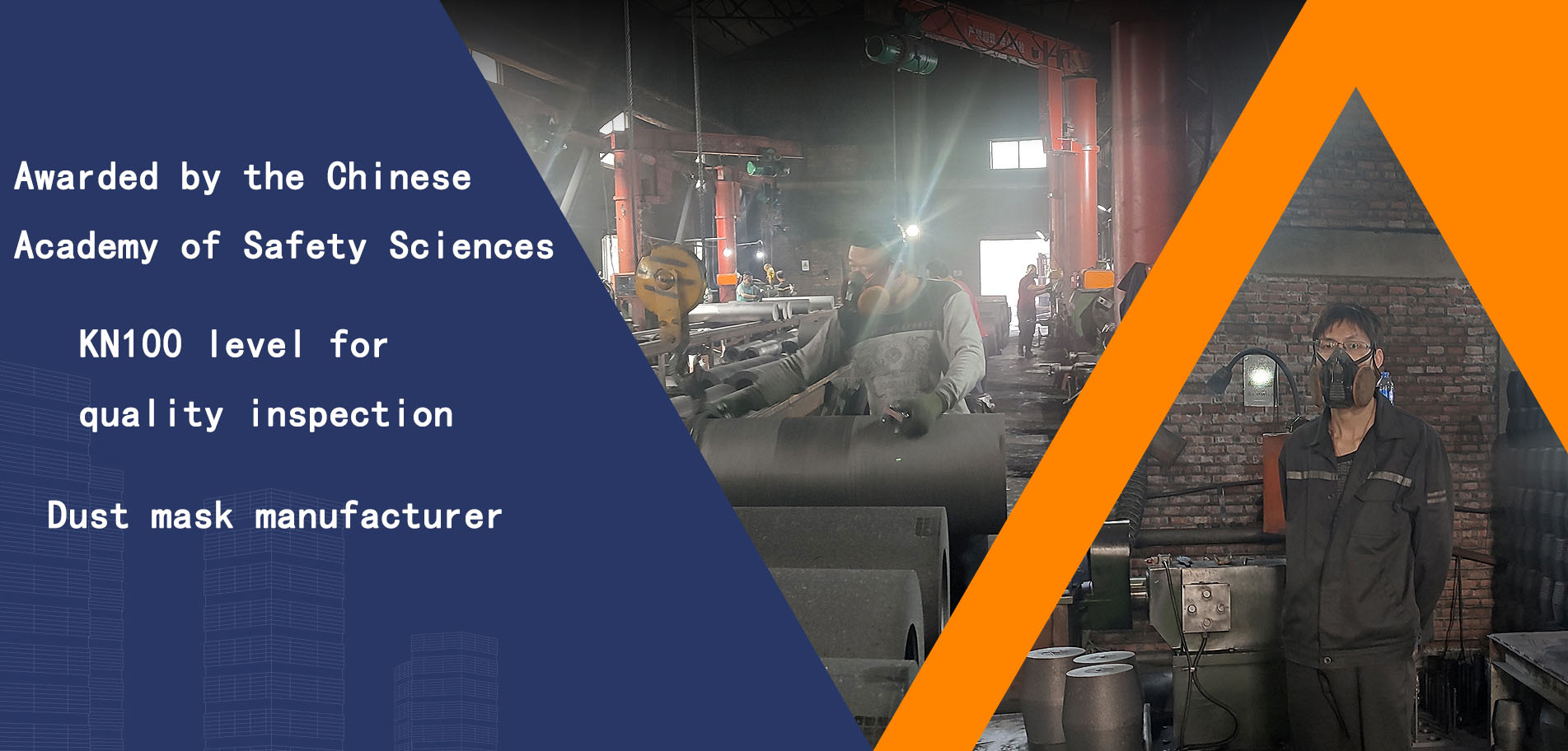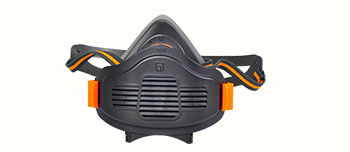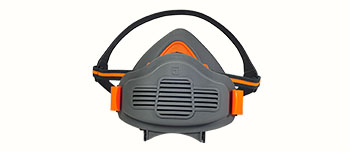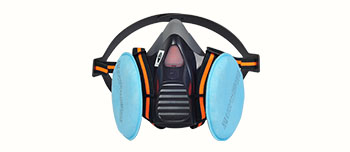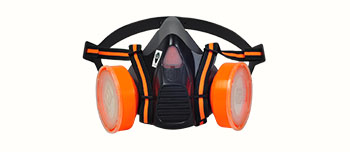Pay attention to the core protective performance of masks
Tightness (key to leak prevention)
Choose an adjustable nose clip and elastic headband design to ensure the mask fits snugly against the face without any gaps.
Suggest conducting an air tightness test: After wearing it, cover the mask with your hands and exhale to check for any air leaks.
Respiratory resistance (affecting wearing comfort)
KN100 masks have high filtration efficiency, but may increase respiratory resistance. High quality products will optimize the filter material structure (such as multi-layer gradient filtration) to reduce respiratory burden.
You can check the expiratory resistance indicated on the product label (standard requirement ≤ 250Pa), the lower the value, the easier it is to wear.
Durability (suitable for harsh environments in silica sand plants)
Choose a style with an exhalation valve to reduce the accumulation of moisture and heat, and improve the comfort of long-term wear.
The filter material should have moisture resistance to avoid a decrease in protective performance due to sweating or humid environments.
3、 Adapt to different job scenarios
High dust environment (such as crushing and screening sections)
If the dust concentration in the work area exceeds 10mg/m ³, it is recommended to use a full face mask or an electric air supply respirator. Ordinary KN100 masks may not provide sufficient protection.
Long term homework
Choose a low respiratory resistance+cooling valve design to reduce fatigue.
Check the sealing of the mask every 4-6 hours, and replace it promptly if any damage or difficulty breathing is found.
4、 Correct use and replacement
Wearing standards
Clean your face before wearing to ensure no beard or hair affects the sealing.
Adjust the nose clip and headband to ensure no air leakage.
Replacement cycle
In the high dust environment of the silica sand plant, it is recommended to replace it once per shift (with a cumulative usage of no more than 8 hours).
If the mask is damaged, deformed, or has significantly increased respiratory resistance, it should be replaced immediately.
Storage method
Unused masks should be sealed and stored to avoid moisture or contamination.
After use, it should be discarded and cannot be washed with water or reused (washing with water will damage the electrostatic adsorption layer, resulting in ineffective protection).
 English
English
